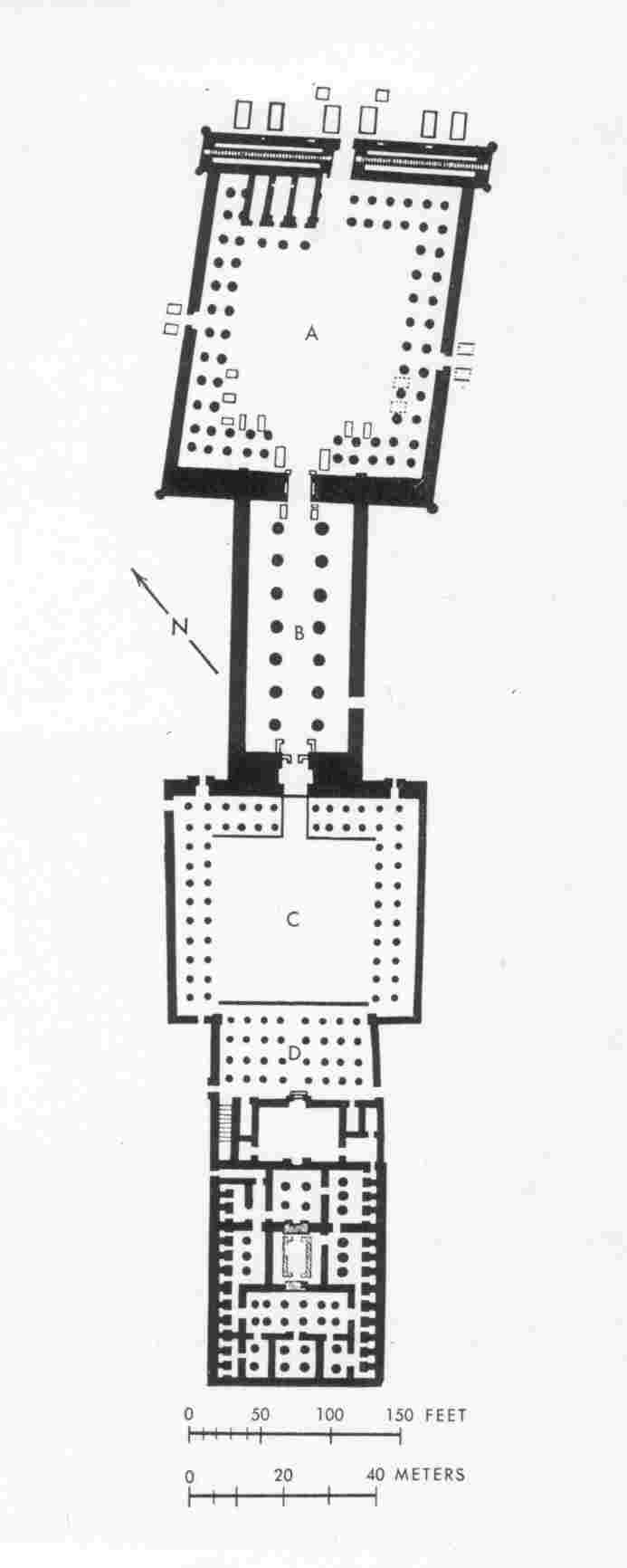DIAGONALITY — ANTECEDENTS AND PRECURSORS
To best understand the roots of Diagonality, it is important to distinguish between Diagonality’s antecedents and precursors. To understand antecedents, consider this hypothetical example: imagine that architects in ancient Egypt had reason to create a triangular room amid a floor plan consisting of otherwise rectangular rooms. The triangular room should be regarded as an antecedent if, over time, it is later rediscovered by architects, for instance in the 20th century, and is reinterpreted and the concept then put to use.
If, however, the original triangular room in ancient Egypt immediately starts a trend in that culture involving the design of triangular rooms in other Egyptian buildings, then the first triangular room would be described as the precursor of those that followed because it is ‘built upon’ by subsequent practitioners. A real example of a precursor is the pyramid. Mastabas evolved into stepped pyramids, which in turn evolved into pyramids. The first Egyptian pyramid became the precursor to those that followed in Egypt. However, those Egyptian pyramids, as a prototype, became the antecedent for all the pyramids (solid and hollow) that followed throughout history. If replication of a new approach/form occurs relatively soon after the original, then the original should be regarded as the precursor, not the antecedent.









